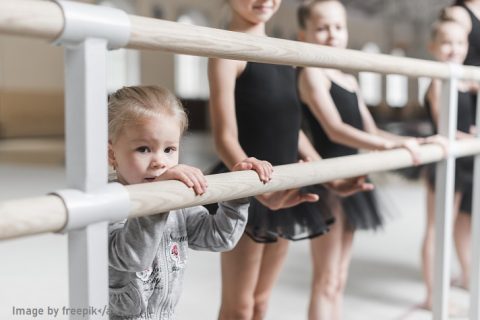According to an online Harvard Medical School article, by dancing you are doing something positive not only for your body, but also for your brain. “There’s no question, anecdotally at least, that music has a very stimulating effect on physical activity,” says Daniel Tarsy, MD, an HMS professor of neurology and director of the Parkinson’s Disease and Movement Disorders Center at Beth Israel Deaconess Medical Center (BIDMC). “And I think that applies to dance, as well.”
The article goes on to note that “while some imaging studies have shown which regions of the brain are activated by dance, others have explored how the physical and expressive elements of dance alter brain function. For example, much of the research on the benefits of the physical activity associated with dance links with those gained from physical exercise, benefits that range from memory improvement to strengthened neuronal connections.”
Dance has numerous benefits for the brain and cognitive function. Engaging in dance activities involves a combination of physical movement, coordination, rhythm, and creativity, which can positively impact brain health in the following ways:
- Enhanced memory: Learning and remembering dance routines or choreography stimulates the brain’s memory centres, improving both short-term and long-term memory.
- Increased neuroplasticity: Dancing challenges the brain to create and strengthen neural connections, promoting neuroplasticity. This ability of the brain to reorganize and adapt is essential for learning and cognitive flexibility.
- Improved balance and coordination: Dance requires precise movements and coordination, which can improve proprioception (awareness of body position) and balance, benefiting brain regions responsible for motor control.
- Stress reduction: Engaging in dance can trigger the release of endorphins, neurotransmitters that promote feelings of pleasure and reduce stress, anxiety, and depression. Lower stress levels are associated with improved cognitive function.
- Enhanced attention and focus: Dance demands concentration and focus on movements, music, and coordination, which can strengthen attention skills and the brain’s ability to sustain focus.
- Social interaction: Dance often involves group settings, encouraging social interactions and communication. Social engagement has been linked to improved cognitive health and reduced risk of cognitive decline.
- Boosted mood and emotional well-being: Dancing can elevate mood and increase emotional well-being, positively affecting brain areas related to emotions and emotional processing.
- Cognitive reserve: Engaging in mentally stimulating activities like dance contributes to cognitive reserve, which is the brain’s ability to adapt and function effectively even in the face of age-related changes or neurological conditions.
- Increased dopamine production: Dancing can lead to the release of dopamine, a neurotransmitter associated with motivation, reward, and pleasure. This can enhance motivation to learn and participate in other activities beneficial for the brain.
- Creative expression: Dance allows individuals to express themselves creatively, promoting brain activity associated with imagination and artistic expression.
Overall, dance offers a multifaceted approach to brain health by combining physical activity, cognitive engagement, emotional expression, and social interaction. Whether it’s formal dance classes or simply dancing around the living room, incorporating dance into your life can be an enjoyable way to support your brain’s health and cognitive function.




Leave a comment
You must be logged in to post a comment.